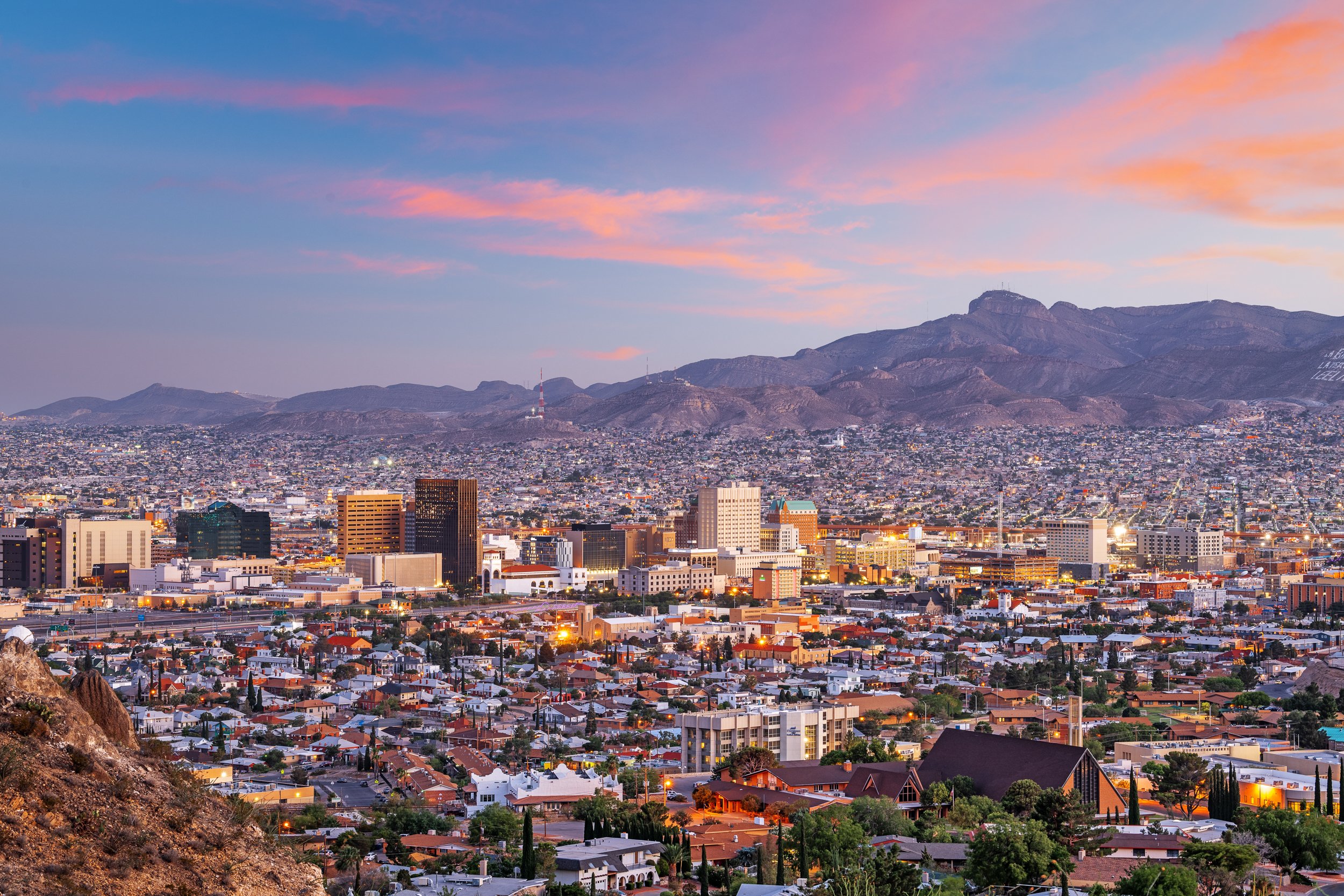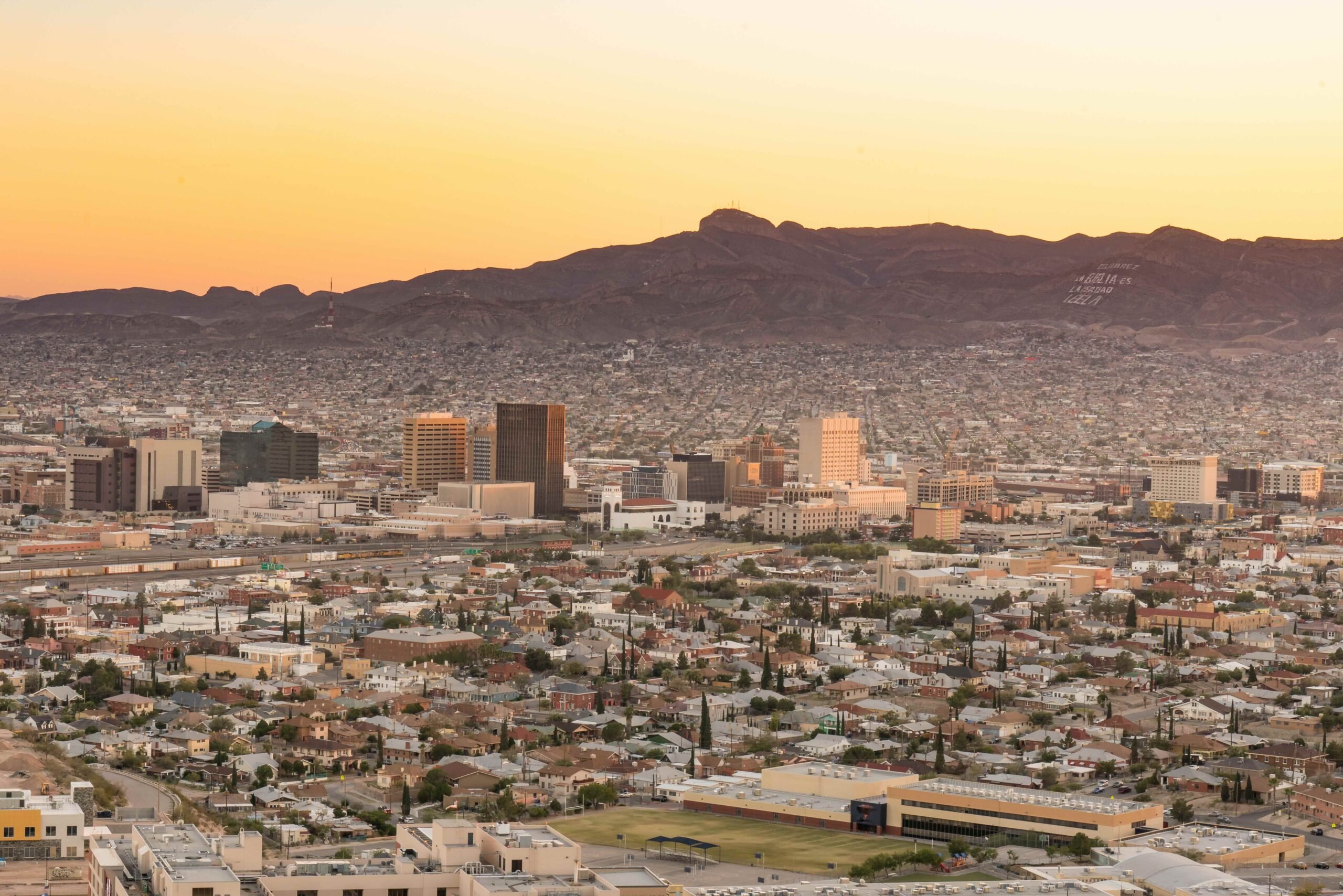Walking Into the Desert
The Devil’s Highway
Every week, two to three people die from exposure while trying to enter the United States illegally from Mexico. Include all causes of death for border crossers and the number jumps to eight. The number of deaths has increased dramatically since the beginning of Operation Gatekeeper, which originated in California in the mid-nineties and has since been exported to other border states. Operation Gatekeeper focuses on eliminating urban crossings, relying on the faulty assumption that the punishing landscape of the desert Southwest will prevent crossings in unpopulated areas.
Along one stretch of that landscape, between May 22 and May 24, 2001, 14 “walkers” from a group of 26 Mexican men and teen-aged boys died; the remaining 12 narrowly escaped with their lives. Because of the number of deaths, the tragedy of the Wellton 26 (named for the nearest border station—Wellton, Arizona) garnered the kind of media attention that cases of individuals dying in the desert week after week, year after year, had failed to attract. It also attracted the attention of author Luis Urrea. A Tijuana native with a background in creative writing, Urrea has been trying to make the border tangible since he published Across the Wire in 1993, writing memoir, fiction, and poetry. The Devil’s Highway, his first crack at front-page news events, explores the circumstances that led the group to leave their homes in Veracruz and follow a 19-year-old guide into the desert for a two-day trek into the United States. It also grapples with the effects their lurid deaths had, if not on border policies (which would become more stringent in the wake of 9/11), then at least on their localized enforcement. The book promises a foothold in the messy jumble of issues and people we refer to in shorthand as “the border.”
Given the power of the events it narrates, it is disappointing to discover that The Devil’s Highway is a hybrid of reportage and imagination, and that Urrea does not differentiate between documented and hypothetical conversations. But his questionable method is at least partially justified for two reasons. First, the protagonists are not people whose lives can be easily revealed through journalistic investigation. Urrea’s subjects flew beneath the radar of mass-media society long before they left Veracruz. Urrea describes the tiny villages from which they came, where many did not have phones or even addresses. Although the book would have benefited from more interviews with people who had known the crossers, we still manage to catch glimpses of several of their personalities in the chronicle of their journey—a tattoo, a pair of cowboy boots worn so as not to alert a worried wife, a son dying in his father’s arms. Urrea also provides some insight into the coyote, Jesús López Ramos, who refused to be interviewed. The reader learns that López reveled in playing “gangster,” and that, like the walkers, he hoped to send money home to his family. The author leaves little doubt that, despite the government’s and press’s demonization of them, guides like López are two-bit players in a much larger underground.
Urrea also partially justifies his mix of fact and fiction by suggesting that the distinction between the two was often unclear to the border crossers themselves, as they faced their dwindling chances and died slowly in the desert. The book vividly demonstrates that they had no sense of the power of the geography they were dealing with. (Several brought Cokes to drink as they hiked; one man wore black jeans.) Urrea explains that once heat exhaustion sets in, “You are confused; your memories are conflated with your dreams. Walkers see demons, see God, see dead relatives and crystal cities. They vomit blood. The only clear thought in your mind now is: I’m thirsty.”
His specifics on this count (besides shedding some light on the Spanish colonization of the Southwest) lead the reader to conclude that anyone leading any group of crossers through the desert in the summer months commits an act at least as reckless and inhumane as López’s eventual abandonment of his charges to save his own hide. Urrea poignantly shows how crimes like this one often go unpunished because their victims are disposable and because they occur in a place that is, despite the supposed linearity of the border, a vast, vicious landscape between countries.
In describing the crossers’ final days in this setting, Urrea’s leap of imagination is empathic. He uses the sparse facts provided by survivors and the group’s traces in the desert, combined with medical research into urine drinking and death by dehydration, as bouncing-off points to narrate what it must have been like. He explains that in the final stages of heat stroke, “Your nerves flame . . . Clothing feels like sandpaper. Some walkers at this point strip naked. Originally … rescuers thought this stripping was a delirious panic to cool off at the last minute … They realized that walkers couldn’t stand their nerve-endings being chafed by their clothes.”
This is the closest we can come to understanding why one young man—about whom we know nothing else, not even his name—folded his clothes meticulously in a pile before he laid down, crossed his ankles as if for a nap, and died. Urrea says it was “as if he didn’t want to leave a mess.” It is a painful reflection on the discord between what must have been an apologetic existence and the almost heroic act of walking into the desert in search of a fabled better life.
Although Urrea considers the causes and effects of migration, the heart of the book is his account of the group’s trudging through rock and sand, somehow getting lost, inexplicably giving the coyote their money in exchange for empty promises of water, and dying—or nearly dying—in the desert. The combination of research and imagination that he employs connects us to the walkers.
Even so, some of the fictional aspects are merely distracting. The eloquence of Urrea’s narrative of the desert trek finds an almost comically macabre foil in his insistence on narrating the trip to the morgue from the perspective of the dead men. “The vehicles were cool, especially after their terrible days in the sun” is not a profound enough observation to warrant such a flamboyantly literary leap. The alternation between second person and third person is also awkward. It is especially abrupt when, near the beginning of the book, “you” are asked to imagine “yourself” as a Border Patrol agent out on “your” daily run. Urrea seems to want to encourage identification with the Border Patrol to counterbalance the reader’s identification with the walkers, which is earned over time.
The author’s admiration for the solitary pragmatism of la migra also smacks of cowboy worship. Urrea has apparently been seduced by one old-school cowboy agent in particular, a likable and forthcoming source. Again, more interview material would have provided a more persuasive account. Or he could simply have let stand the understated contrast between the officers’ bravery and humanity in searching for survivors and their sudden shift to bad cop as they interrogate survivors in the hospital. Urrea’s description of the Border Patrol as gruff heroes in a Western drama also begs the question of the book’s silence about women. Although gender is, if anything, more important in the anarchic borderlands than elsewhere, there’s relatively little about women and migration. The author’s brief reflection on the unsolved murders of women in Juárez leaves the distinct impression of having been tacked on at the request of his editors.
Despite these flaws, the catastrophe of the Wellton 26 allows Urrea to free his lyrical, passionately political voice. In his other nonfiction books he struggled to find a way to depict everyday tragedies of the border without lapsing into melodrama. The Devil’s Highway manages to suggest those stories even as it overshadows them. The tragic proportions of the Wellton 26, for example, lead the Mexican government to fly the bodies home, as if from war, and to make a careful photo-op of their arrival. Their post-mortem transport is the dead men’s first time on an airplane and probably the most expensive gift they ever received. As the Mexican consul who flew with the bodies asks rhetorically, “What if somebody had simply invested that amount in their villages to begin with?”
Cameron Scott is a freelance writer in Austin.


